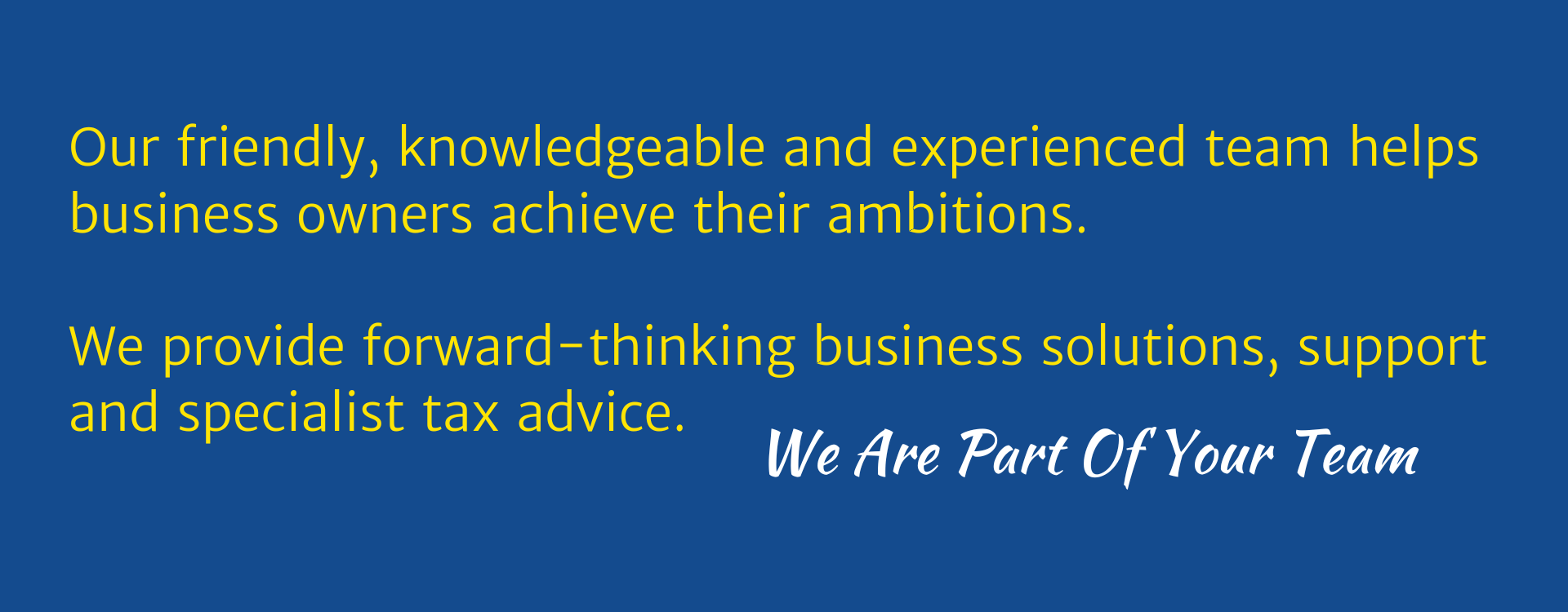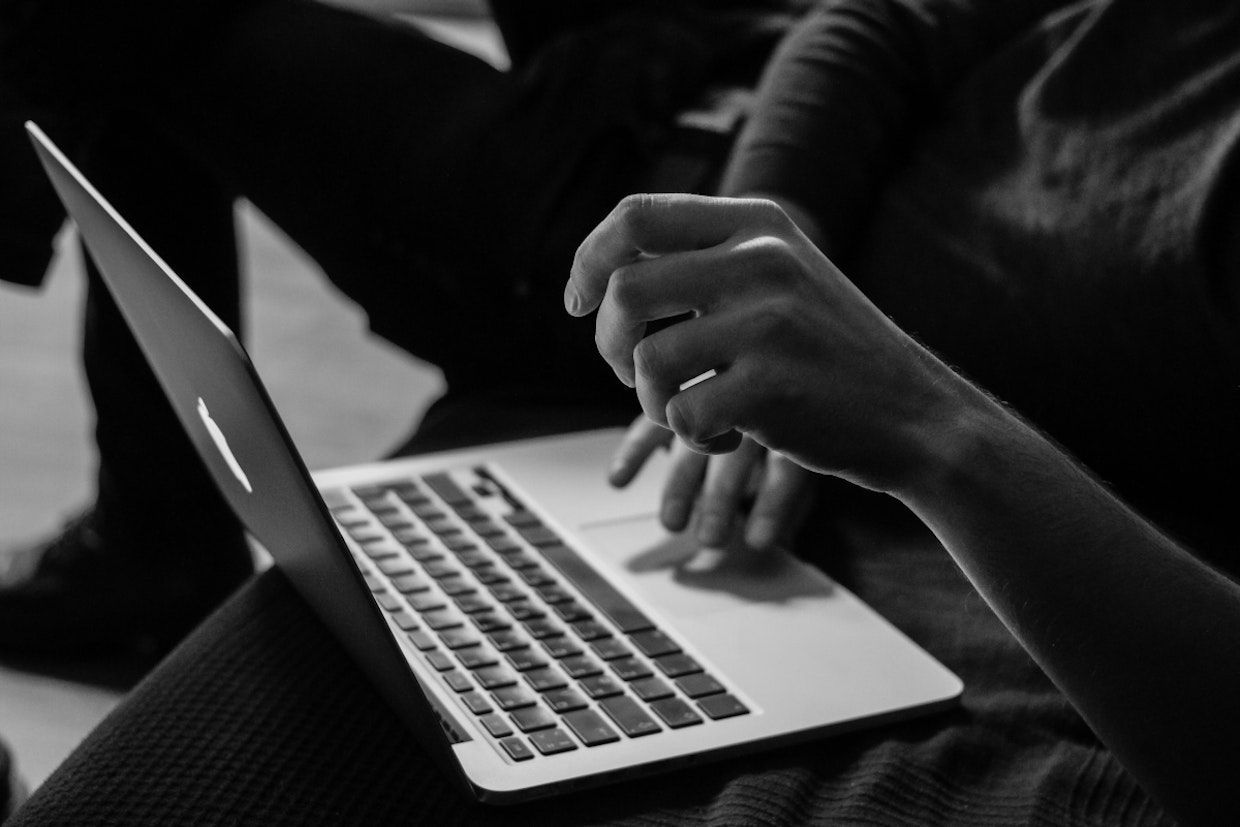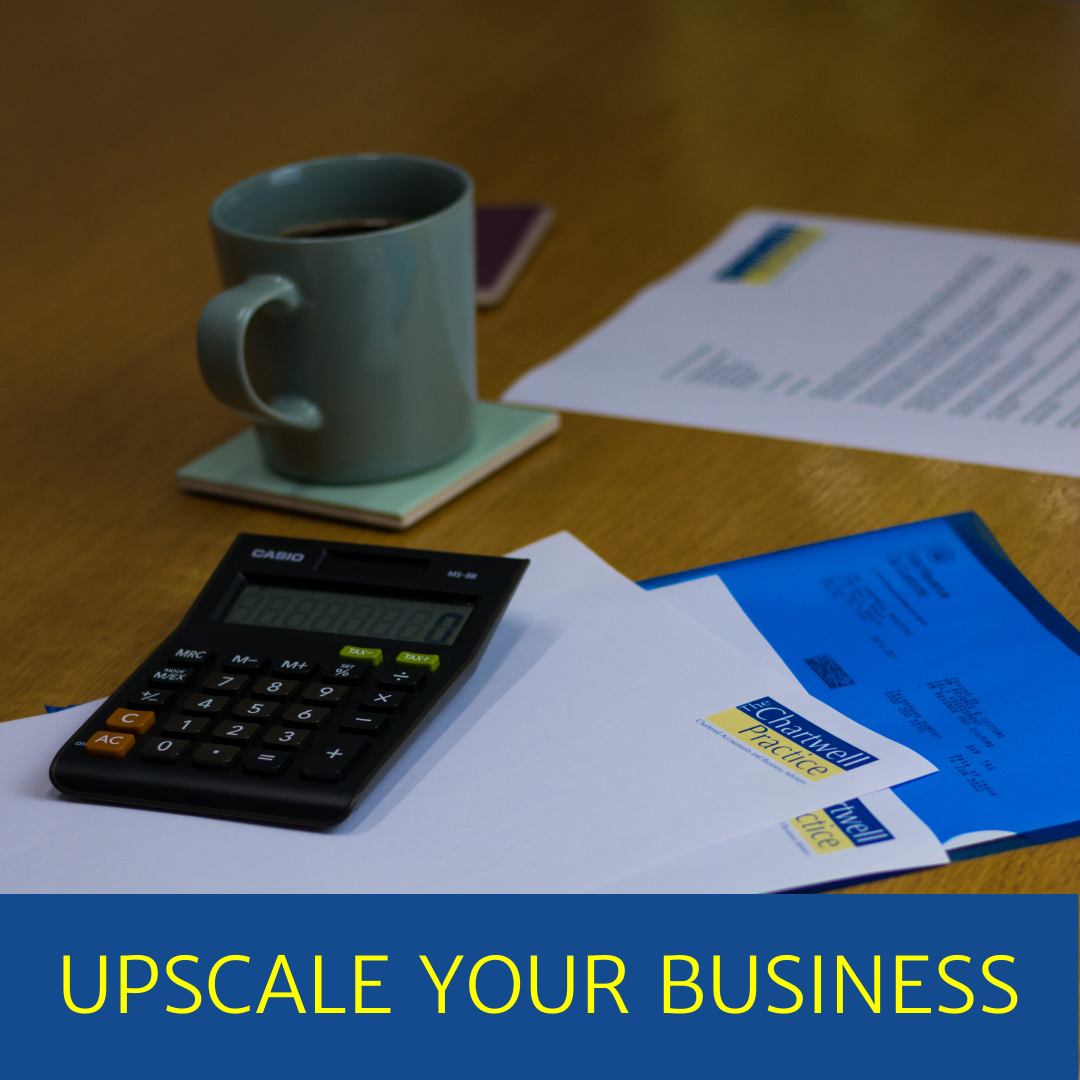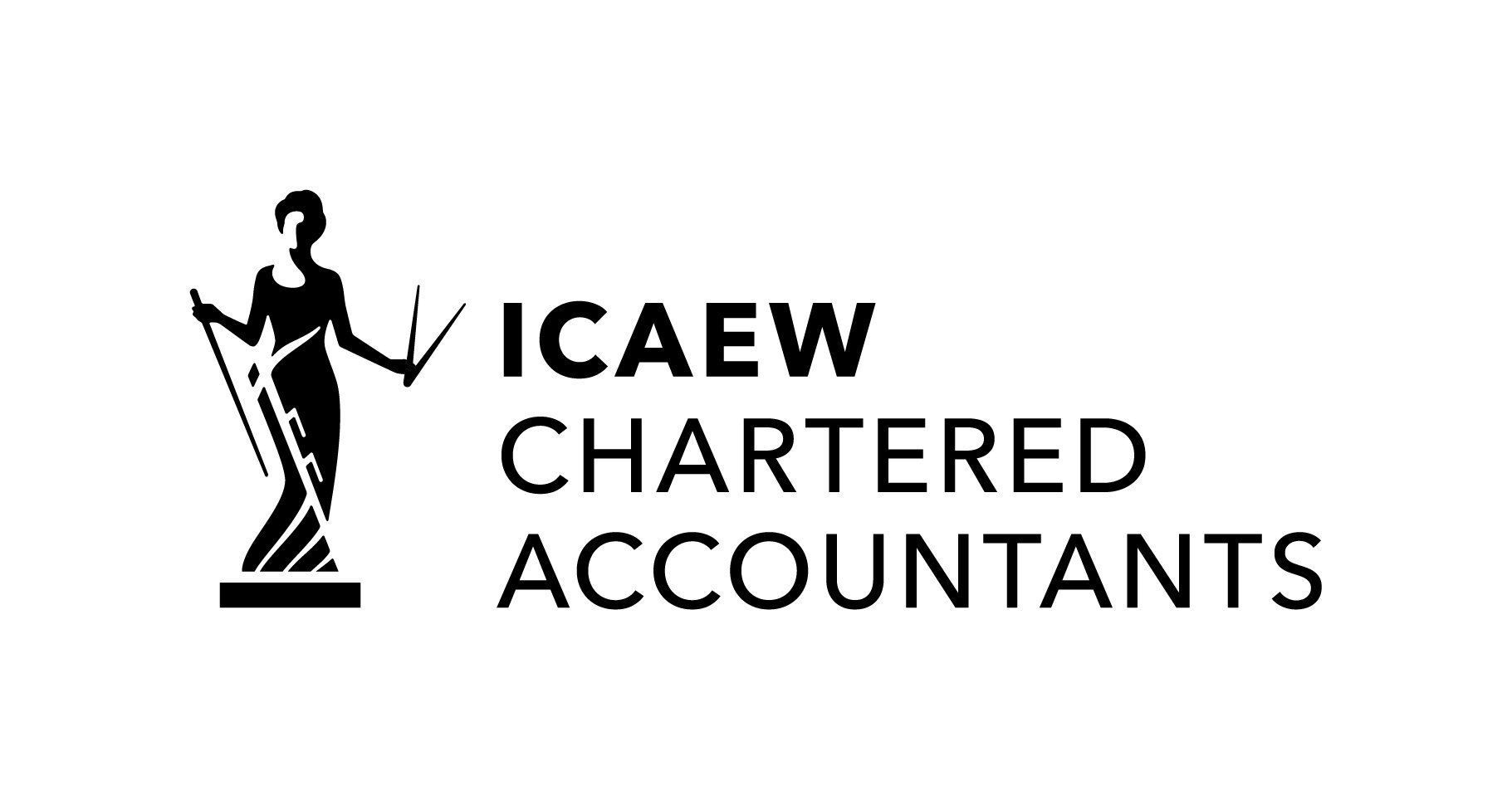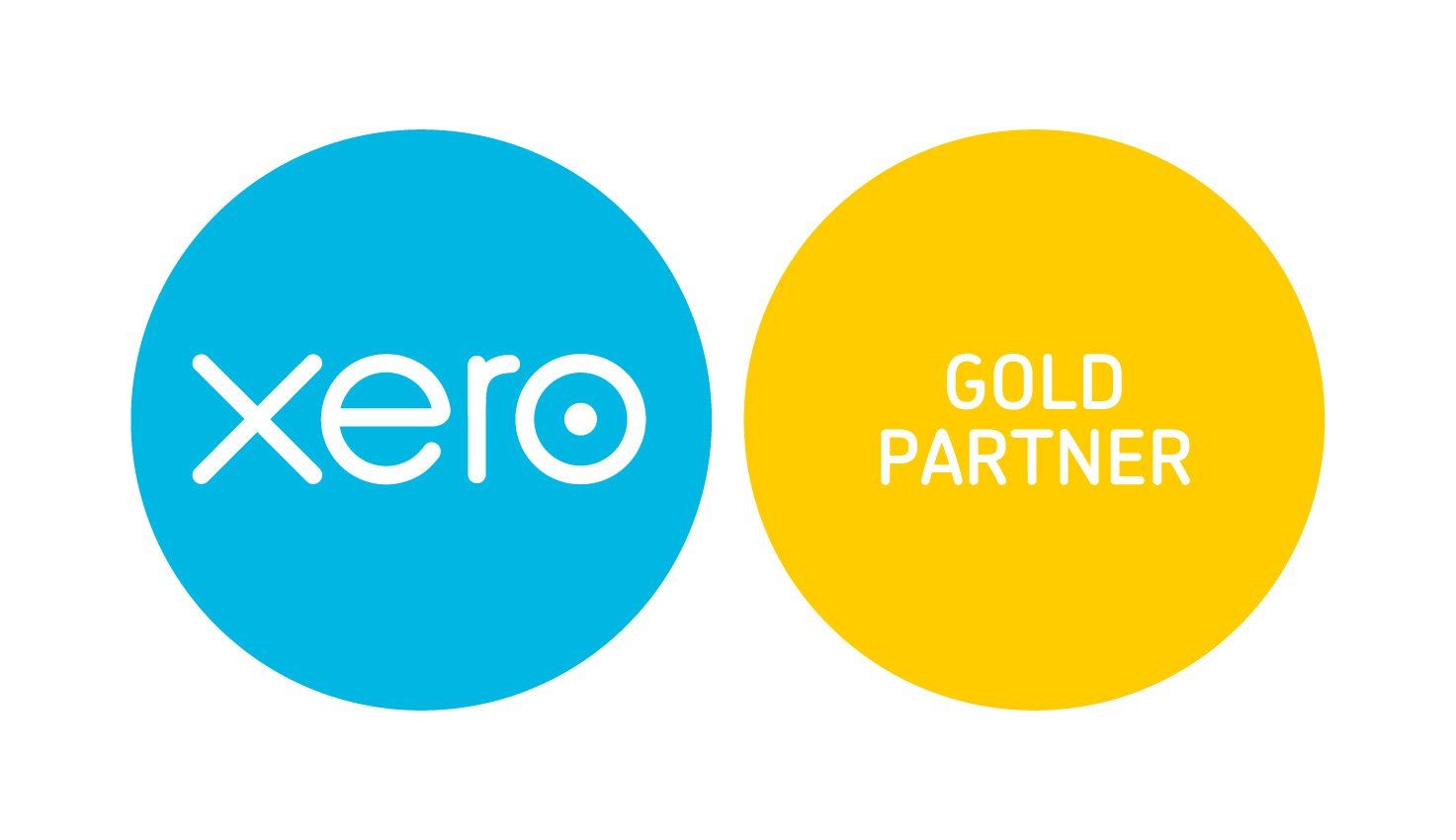By Anna Stubbs
•
December 3, 2025
One of the best things about online shopping is instant, hassle-free payment. Enter your details, click, and you’re done. If your customers can make an instant online payment, they’re likely to pay you more quickly – and they’ll appreciate the simplicity too. The details Online payment methods include credit and debit cards, ACH (Automated Clearing House) services like Paypal, and repeat payments through direct debit. Payments are managed by merchant service providers – specialist companies that process transactions on your behalf. Some focus on credit and debit cards, while others stick to ACH or direct debit. Choose a provider that can integrate with your accounting software, and you can add a super-simple payment button to future invoices. The costs While your merchant service provider shouldn’t charge any set-up fees, they will charge transaction fees. These range from 2-4% of the invoice for debit or credit cards, and under $2 a transaction for direct debit. These fees are an added expense, so they need to be included in your profit calculation – smart accounting software will do this automatically. Because credit and debit fees can add up, many businesses don’t offer online payment for invoices over a certain amount. The benefits Businesses using online payments get paid faster. Of course, not every client will pay instantly just because they have the option, but it should speed up your average payment time. A bonus benefit? Customers appreciate the ability to pay online, so offering it as an option can be a big point in your favour. Ready to reap the benefits of online payments? Get expert advice and set-up support from our accounting team.
